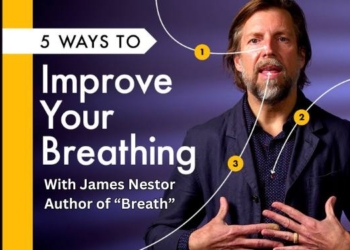
By Jon Johnson | Medical News Today
Modern sunscreens are highly developed and provide more protection than ever before.
There are some common myths and misconceptions surrounding sunscreens that people should be aware of before buying their next bottle.
Understanding the truth about sunscreen can help people use sunscreen correctly.
UVA versus UVB light
Understanding sunscreen myths requires a basic understanding of UVA and UVB light. They are both forms of ultraviolet (UV) light that can affect the skin after exposure.
UVA light has a longer wave that penetrates into the thickest layer of skin, called the dermis. Unprotected exposure to UVA rays can lead to skin aging, wrinkles, and a suppressed immune system.
UVB rays have a shorter wave and are most responsible for sunburn, which is the burning of the top layer of skin. UVB rays can play a key role in developing skin cancer, and frequent sunburns may cause permanent damage over time.
12 sunscreen myths
We look at 12 common misconceptions about sunscreen.
1. Sunscreen is not always necessary
Many people believe that sunscreen is only necessary when their entire body is exposed to sunlight, such as when at the pool or swimming in the ocean. Ultraviolet light is still harmful to exposed skin, no matter how much of it is exposed.
Some people also believe that sunscreen is not necessary on cloudy days because the sun does not feel as strong as usual. The truth is that anytime the body is exposed to light from the sun, it is exposed to UV rays, even if it is an overcast day.
The lower arms and face are common areas to leave exposed throughout the day, which may increase their risk of sun damage. It is best to cover the exposed skin with sunscreen and consider other protective methods, such as wearing a hat.
2. Sunscreen will prevent the body from absorbing vitamin D
Vitamin D is a vital nutrient for human health, and the body makes it easily through exposure to UV rays. Sunscreen, however, blocks UV rays. So, in theory, using sunscreen 100 percent of the time would prevent a person from getting the proper levels of vitamin D.
However, sunlight can penetrate clothing, sunscreens lose their effectiveness over time, and it is likely a person will forget to put sunscreen on every time they see the sun.
Many scientists and dermatologists suggest that just 5 to 30 minutes of sun exposure per day can create the proper amount of vitamin D in the body.
3. Sunscreen causes health problems
This myth comes from an older study done on oxybenzone, one of the active ingredients in many sunscreens. Rats exposed to oxybenzone experienced serious negative side effects.
However, as a research letter posted to Archives of Dermatology points out, the levels of exposure this study reached to produce health problems in the rats were extremely high.
Their calculations demonstrated that these results were unattainable in humans, even those who use sunscreen regularly and liberally.
The researchers noted that after 40 years of oxybenzone being an ingredient in sunscreens, there are no published studies that demonstrate toxic effects in humans caused by absorbed oxybenzone.















